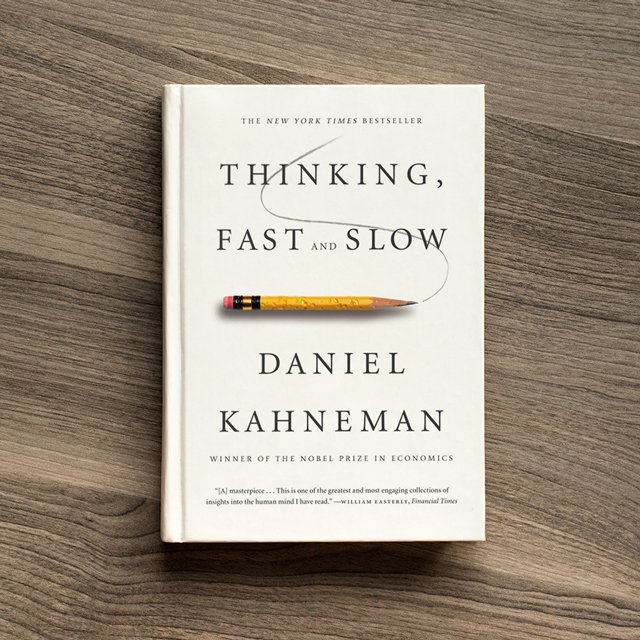10 Lessons from Thinking, Fast and Slow

1. System 1 and System 2. Kahneman describes two systems of thought: System 1 is fast, intuitive, and emotional, while System 2 is slow, deliberate, and rational. System 1 is often responsible for our snap judgments and gut feelings, while System 2 is used for more complex tasks, such as solving problems and making difficult decisions.
2. Cognitive biases. We are all susceptible to cognitive biases, which are mental shortcuts that can lead us to make inaccurate judgments. Some common cognitive biases include the availability heuristic, the anchoring effect, and confirmation bias.
3. The endowment effect. We tend to value things more simply because we own them. This is known as the endowment effect.
4. The planning fallacy. We are overly optimistic about our ability to complete tasks on time and within budget. This is known as the planning fallacy.
5. The framing effect. The way that a problem is framed can have a significant impact on our decision-making.
6. The anchoring effect. We tend to rely too heavily on the first piece of information we receive when making a decision. This is known as the anchoring effect.
7. The availability heuristic. We tend to judge the likelihood of an event based on how easily examples of that event come to mind. This is known as the availability heuristic.
8. Representativeness heuristic. We tend to judge the likelihood of an event based on how similar it is to other events that we know of. This is known as the representativeness heuristic.
9. Affective heuristic. We often make decisions based on our emotions, rather than on logic or reason. This is known as the affective heuristic.
10. The peak-end rule. We tend to judge our experiences based on the most intense and the most recent moments. This is known as the peak-end rule.










